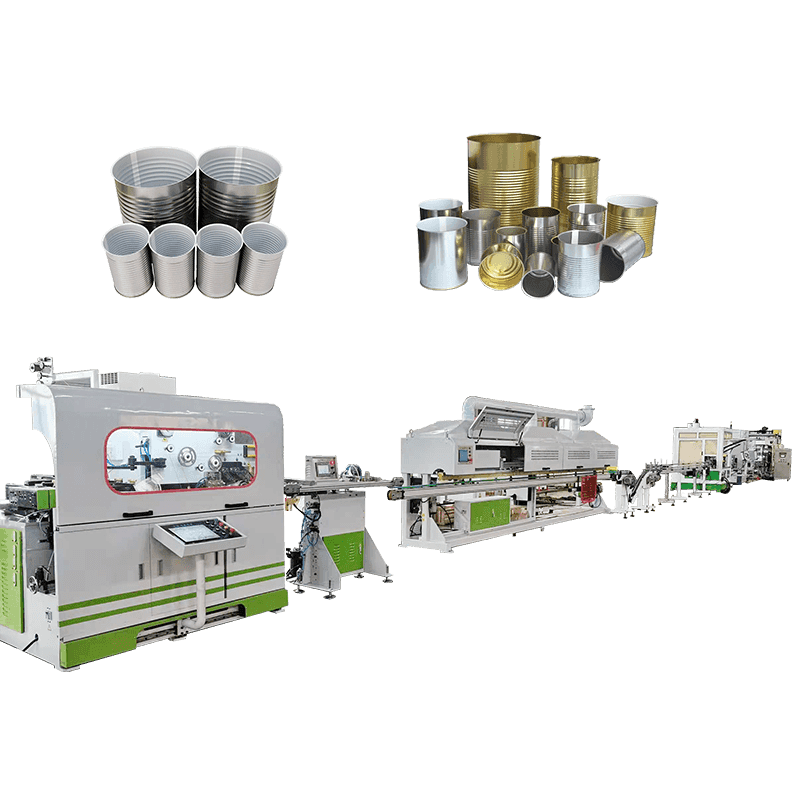The 2 piece DRD can production line is an efficient production equipment, which is widely used in the manufacture of beverage cans, food cans and other packaging cans. In today's environmental protection and energy conservation context, the energy-saving and emission reduction function of production equipment has become an increasingly important focus. For the 2 piece DRD can production line, whether it has the function of energy saving and emission reduction is not only related to the production cost of the enterprise, but also involves environmental protection and sustainable development.
In the production process of two-piece DRD cans, multiple steps such as metal stamping, forming, welding, and painting are usually involved. Each step requires energy consumption, especially during high-temperature operation and mechanical operation. Therefore, the energy saving of the production line depends not only on the design of the equipment, but also on the overall process optimization.
From the perspective of equipment design, modern 2 piece DRD can production lines often use high-efficiency drive systems and advanced control technologies. By optimizing the motor and control system, energy waste can be reduced, more precise operation and lower energy consumption can be achieved. For example, some advanced production lines use variable frequency drive technology to avoid excessive energy consumption by automatically adjusting the motor speed according to load changes. This not only improves the operating efficiency of the equipment, but also reduces power consumption, thereby achieving the goal of energy saving.
In terms of production process, modern two-piece DRD tank production lines also focus on process optimization. For example, by improving the molding process, the dependence on high-temperature operation is reduced, thereby reducing energy consumption. Some production lines use heat recovery systems, which can recover and reuse the waste heat in the high-temperature process, thereby reducing dependence on external energy and further achieving energy saving. In addition, the design of the production line can also reduce the waste of materials and energy by optimizing the coordination between each process, and improve production efficiency and energy utilization.
The goal of energy conservation and emission reduction also involves the treatment of environmental pollutants such as waste gas and wastewater. In the traditional production process, the painting and welding processes will produce a large amount of harmful gases and wastewater, which will burden the environment. However, with the continuous tightening of environmental protection regulations, modern two-piece DRD tank production lines are increasingly equipped with waste gas treatment systems and wastewater recovery systems. These systems can effectively purify harmful substances discharged during the production process, convert them into harmless substances, and avoid pollution to the environment. These measures not only meet environmental protection requirements, but also effectively reduce the discharge of waste, which helps to achieve the goal of energy conservation and emission reduction.
Intelligent control of equipment is also an important aspect of achieving energy conservation and emission reduction. Modern 2 piece DRD can production lines are equipped with intelligent control systems that can monitor and adjust each link of the equipment in real time to ensure that the equipment operates in the best state. This not only improves production efficiency, but also avoids energy waste caused by excessive operation or unreasonable operation of the equipment. Through data analysis and optimization, the production line can dynamically adjust process parameters to further improve energy utilization.

 English
English عربى
عربى русский
русский




